This article was written by Leonardo Garnier, Special Advisor to the United Nations Secretary-General on the Transforming Education Summit, and Anna Molero, Chief Government Officer at Teach For All. It was originally published on the UN website.
With the Transforming Education Summit coming up in New York, urgency for action is high. We were far from achieving Sustainable Development Goal 4—to ensure inclusive and equitable quality education and promote lifelong learning opportunities for all—even before the COVID-19 pandemic wiped out 20 years of education gains. In 2019, 57% of ten-year-olds in low- and middle-income countries suffered from “learning poverty,” meaning they were unable to read and understand a simple story. With the pandemic causing educational disruptions for millions more children, that figure has now risen to 70%, according to this year’s “State of Global Learning Poverty: 2022 Update” report.
If learning losses are not addressed now, future generations of children and young people will have limited opportunities: the opportunity to learn, to pursue a career and to contribute to the world they will inherit. UNESCO’s Futures of Education Commission envisions investing in education that will lead to learners being empowered to take action and contribute to global peace, sustainable development and societal transformation. If we act collectively now, this alternate future is within reach.
The Transforming Education Summit 2022 is a wake-up call: a call to transform the purpose of education, both why and how we educate. The “Reimagining Our Future Together” report envisions an educational system that unites us around collective endeavours and provides the knowledge, science and innovation needed to shape sustainable futures for all—anchored in social, economic and environmental justice.
This reimagining shows us where we want to go. Transformation is how we actually take action to make this vision a reality. Now is the time to move beyond what we envision and focus on making it happen—from imagination and design to implementation and reality. We cannot let our youth down by missing this opportunity. Having political leadership gather and commit is vital—but it is not enough. What will it take to move from reimagination to the transformation that is urgently needed?
Ahead of the Pre-Summit that took place in Paris, we met with a group of teachers and students from the Teach For All network to ask them this question. Their answer was clear: it will take collective leadership—leadership at all levels within governments, communities, schools, teachers, students and families—working together to create change and transform the systems that hold them back.
Raghvendra Yadav was a Teach For India student during the pandemic. During that time he worked with his teachers to start an online programme where students were tutored in science, art, commerce, coding and leadership. Learners were so eager to join that they would borrow neighbors’ phones when they didn’t have their own. Raghvendra believes that fostering student leadership and helping students support each other can lead us to a world where everyone has the opportunity to grow and discover their true potential. He now leads an organization called Paramus, which supports young people pursuing their own potential for leadership and learning to strategize, plan and execute their vision towards creating sustainable structures of change.
Raghvendra’s story demonstrates that leadership cultivates people’s agency and skills, equipping them to use global and local knowledge to craft and drive solutions that meet local needs. It also shows that to create systemic change, we need collective leadership, where there is not one person on top responsible for change but where we all become leaders of change.
Our conversation with these students and teachers brought to life how, during the pandemic, we saw the impact of collective leadership in students who tutored younger children or teachers and families who innovated to ensure continuity of learning. Leaders were those who came up with solutions and unleashed the leadership of others.
We need a local, national and global movement for the transformation of education to go from vision to action. We need the voices, insights and innovations that only collective leadership can surface. This must be understood by the Heads of State and ministers who will convene in New York for the September Summit. Without their commitment to the possibilities inherent in collective leadership, little may change, despite all the good ideas and commitments spoken and shared.
To get us back on track to achieving the Sustainable Development Goals, reimagining is not enough: we must transform the way our systems work—not only how we deliver education but how we recenter the purpose of education to position students and teachers as leaders of a more equitable and sustainable world. We must value, support and heed the next generation of leaders and include them in the process of change. We must embrace the path of collective leadership in order to make transforming education a reality. We must collectively decide that education is a priority.
Let’s spark this movement for the transformation of education everywhere.

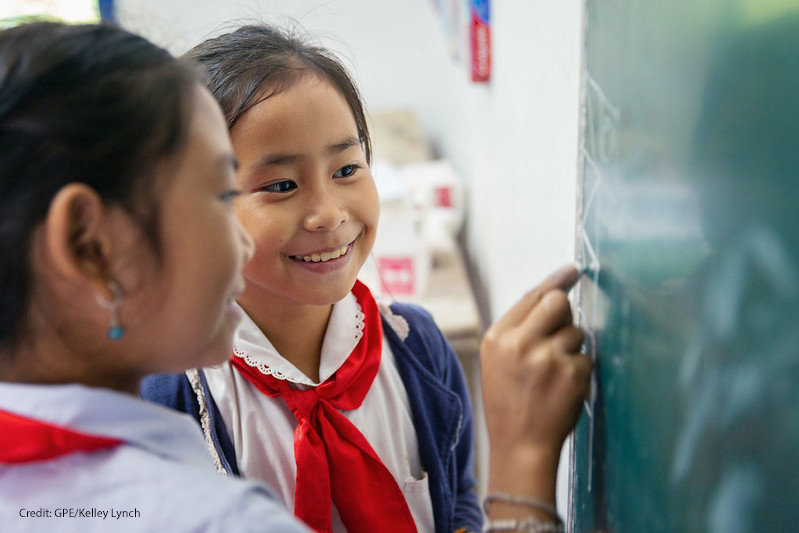
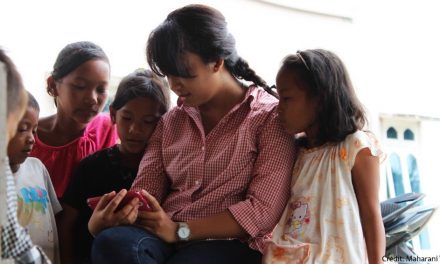
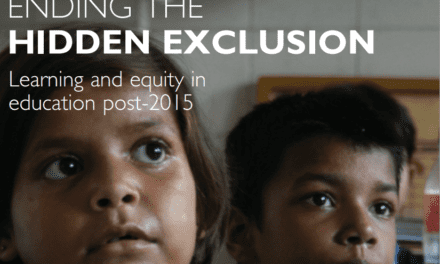
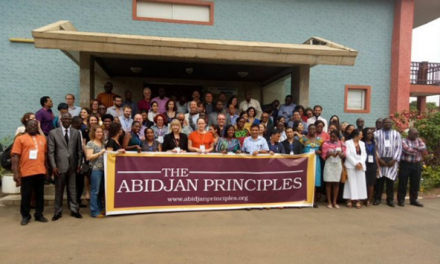
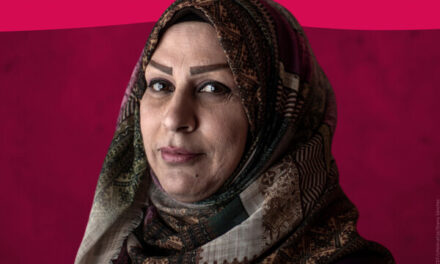
Transferring good knowledge is most important. At toddler activities, cypress tx specialized educational approach offers a variety of parent resources and primary learning programs.